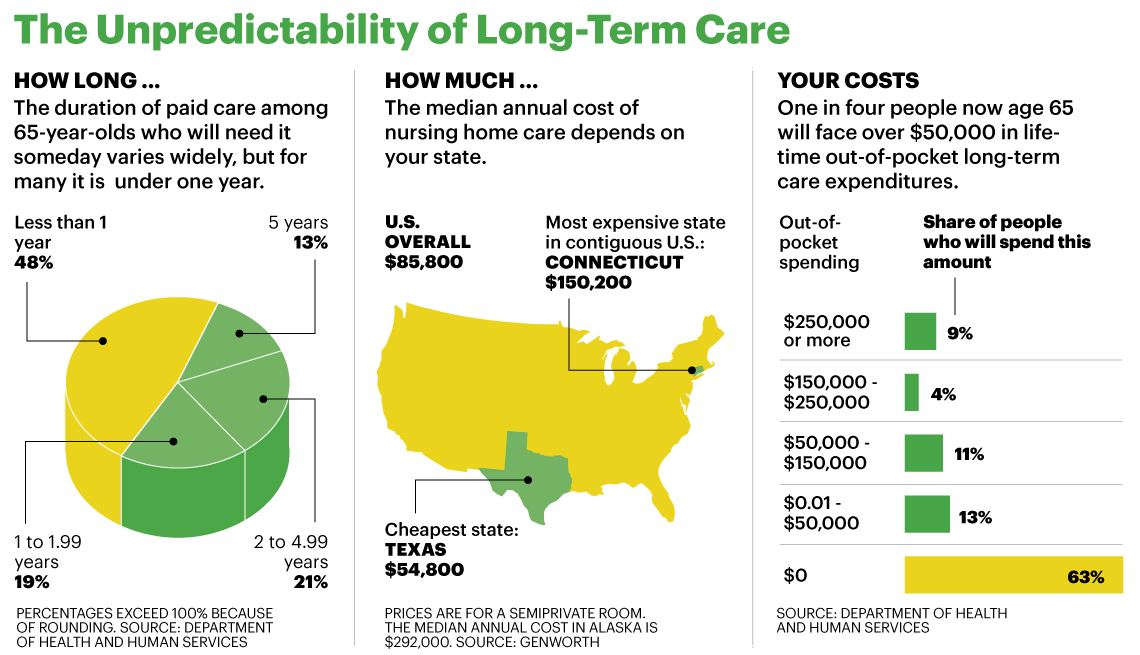In some policies the money worth might construct slowly over several years, so don't rely on having access to a lot of cash value immediately. Your policy illustration will show the projected money worth. There are a number of varieties of permanent life insurance coverage: offers a set survivor benefit and money worth component that grows at a guaranteed rate of return. See the primary post for a full explanation of the different features and variations. Some policies manage the policyholder a share of the earnings of the insurance companythese are termed with-profits policies. Other policies supply no rights to a share of the earnings of the companythese are non-profit policies. With-profits policies are used as a type of collective investment plan to accomplish capital growth.
According to the section 80C of the Income Tax Act, 1961 (of Indian chastening code) premiums paid towards a legitimate life insurance policy can be excused from the taxable income. Along with life insurance premium, section 80C enables exemption for other monetary instruments such as Worker Provident Fund (EPF), Public Provident Fund (PPF), Equity Linked Savings Plan (ELSS), National Cost Savings Certificate (NSC), medical insurance premium are some of them.
The exemptions are qualified for people (Indian citizens) or Hindu Undivided Family (HUF). Apart from tax benefit under area 80C, in India, a policy holder is entitled for a tax exemption on the survivor benefit got. The received amount is fully exempt from Earnings Tax under Area 10( 10D). Where the life insurance is offered through a superannuation fund, contributions made to fund insurance premiums are tax deductible for self-employed persons and considerably self-employed individuals and companies.
For insurance coverage through a superannuation fund, the yearly deductible contributions to the superannuation funds undergo age limitations. These limits apply to companies making deductible contributions. They likewise use to self-employed persons and substantially self-employed persons. Consisted of in these general limitations are insurance coverage premiums. This suggests that no extra deductible contributions can be made for the financing of insurance coverage premiums.
For more information on deductible contributions see "under what conditions can an employer claim a reduction for contributions made on behalf of their staff members?" and "what https://www.inhersight.com/companies/best/industry/financial-services is the definition of considerably self-employed?" - what is group term life insurance. The insurance coverage premium paid by the superannuation fund can be declared by the fund as a deduction to lower the 15% tax on contributions and revenues.
The 10-Second Trick For Which Of The Following Is True About Credit Life Insurance
Premiums paid by a policyholder are not deductible from gross income, although premiums paid through an approved frg tv pension fund registered in regards to the Earnings Tax Act are allowed to be subtracted from individual earnings tax (whether these premiums are nominally being paid by the employer or staff member). The advantages occurring from life assurance policies are normally not taxable as income to beneficiaries (again in the case of authorized advantages, these fall under retirement or withdrawal tax guidelines from SARS).

Premiums paid by the policy owner are generally not deductible for federal and state income tax purposes, and proceeds paid by the insurance company upon the death of the guaranteed are not consisted of in gross earnings for federal and state earnings tax purposes. However, if the earnings are included in the "estate" of the departed, it is most likely they will be subject to federal and state estate and estate tax.
For this reason, insurance plan can be a legal and legitimate tax shelter in which savings can increase without tax up until the owner withdraws the cash from the policy. In flexible-premium policies, big deposits of premium might cause the agreement to be thought about a modified endowment agreement by the Internal Income Service (Internal Revenue Service), which negates a lot of the tax benefits associated with life insurance coverage.
The tax ramifications of life insurance coverage are complex. The policy owner would be well encouraged to thoroughly consider them. As constantly, both the United States Congress and state legislatures can alter the tax laws at any time. In 2018, a fiduciary standard rule on retirement products by the United States Department of Labor posed a possible danger.
Non-investment life policies do not usually attract either earnings tax or capital gains tax on a claim. If the policy has as investment component such as an endowment policy, whole of life policy or a financial investment bond then the tax treatment is determined by the qualifying status of the policy.
The What Type Of Life Insurance Are Credit Policies Issued As Statements

Essentially, long term agreements (10+ years) tend to be certifying policies and the proceeds are devoid of income tax and capital gains tax. Single premium contracts and those running for a short-term undergo income tax relying on the marginal rate in the year a gain is made.
For that reason, an insurance policy holder who is a higher-rate taxpayer (40% in 2005-06), or becomes one through the transaction, should pay tax on the gain at the difference in between the greater and the lower rate. This gain is decreased by using a calculation called top-slicing based upon the number of years the policy has actually been held.
One feature which specifically favors financial investment bonds is the "5% cumulative allowance" the ability to draw 5% of the initial financial investment amount each policy year without undergoing any tax on the quantity withdrawn (how much do life insurance agents make). If not used in one year, the 5% allowance can roll over into future years, subject to an optimum tax-deferred withdrawal of 100% of the premiums payable.
This is an especially useful tax planning tool for higher rate taxpayers who expect to end up being basic rate taxpayers at some predictable point in the future, as at this point the deferred tax liability will not lead to tax being due. The profits of a life policy will be included in the estate for death task (in the UK, inheritance tax) functions.
Trust law and tax of trusts can be made complex, so any specific meaning to utilize trusts for tax preparation would typically look for expert advice from an independent monetary advisor and/or a solicitor. Although offered prior to April 2006, from this date pension term guarantee became extensively available in the UK. Most UK insurance providers embraced the name "life insurance with tax relief" for the item.
Some Known Details About How To Sell Life Insurance
All premiums are paid at a web of basic rate tax at 22%, and higher-rate tax payers can get an extra 18% tax relief by means of their tax return. Although not ideal for all, PTA briefly turned into one of the most common kinds of life assurance sold in the UK till, Chancellor Gordon Brown revealed the withdrawal of the scheme in his pre-budget statement on 6 December 2006.